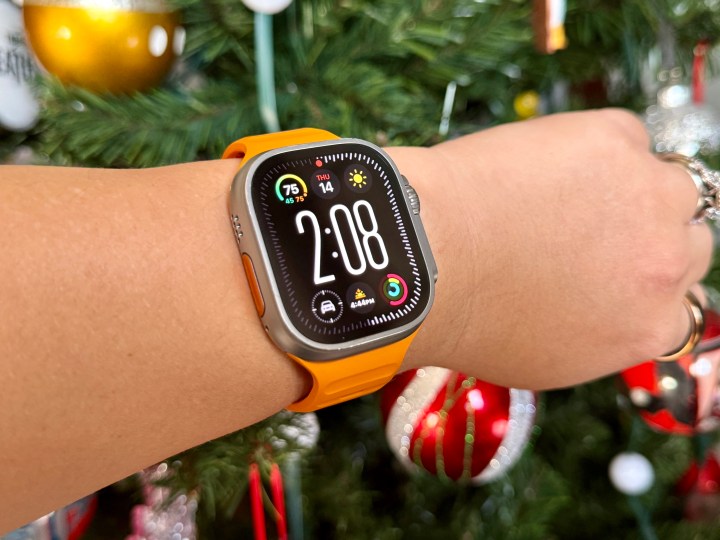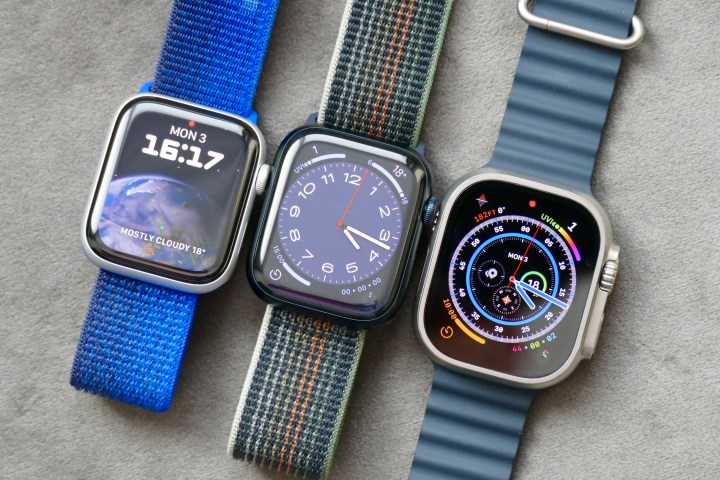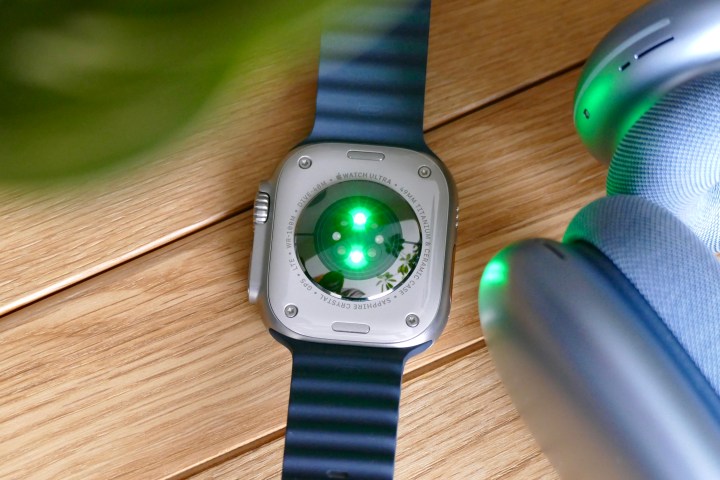
The Apple Watch Ultra has been one of the biggest additions to the Apple Watch lineup in recent years since it launched in 2022. It’s also one of the absolute best smartwatches too, with a large and super bright OLED display, incredible battery life, and the Action button.
While the first Apple Watch Ultra was a huge deal, the Apple Watch Ultra 2 felt more like an iterative upgrade than the first. But it looks like we’re in for a significant upgrade in 2026 — for better or worse.
Going from OLED to micro-LED

The Apple Watch has been using OLED display panels since the start. In fact, Apple Watches started using OLED before the iPhone (the iPhone X was the first OLED iPhone), and OLED displays are rumored to come to the iPad in 2024, with OLED MacBooks coming after that.
But what is micro-LED? Basically microscopic versions of the the conventional LEDs that we’re familiar with. With micro-LED, there are entire arrays of these that make up each pixel. As the name suggests, micro-LEDs are a hundred times smaller than regular LEDs.
The rumor is that Apple will eventually move to micro-LEDs for all devices, but this process will take about a decade. The first device that looks to be getting the micro-LED treatment will be the Apple Watch.
Previous reports suggested that the micro-LED transition would start in 2024, but that later changed to 2025. Now, though, it seems that 2026 is more likely due to low yield rates.
What does this mean for Apple Watch Ultra in 2026?

At the moment, the 49mm Apple Watch Ultra has a display size of 1.91 inches. When the
The switch to micro-LED will also cost Apple 2.5–3 times as much as the existing OLED display. The cost increase in production would be around $80, and Apple would have to make up for that somehow.
The most obvious answer is to pass that cost onto the consumer, making the Apple Watch Ultra even more expensive.
Pushing the limits

If these reports are true, then I’m a little worried about the future of the Apple Watch Ultra.
First off, I already had my hesitations about the current size of it since it’s the largest Apple Watch to date. Though I usually prefer smaller watches, I’ve gotten used to the size after a few months of wearing it. But there’s no doubt that it still looks large on my wrist, especially considering that I’m a female with smaller wrists.
I’m not sure I like the idea of the Apple Watch Ultra getting even bigger than it currently is. For many people, the
Perhaps the best solution is for Apple to figure out how to make the display larger without making it too big for normal people. I think it would be best if it reduced the bezels on the display of the Apple Watch Ultra to accommodate for more screen space. Another option would be to switch it up to a landscape orientation display so that it is wider and won’t hang off one’s wrist as much.
However, one good thing could come of making the Apple Watch Ultra a bit bigger: more battery. If it’s a bit larger, there could be a tad more space for a larger battery, which would mean even more battery life. It was a little disappointing that the
Stretching the wallet even thinner

The Apple Watch Ultra does not come cheap. While it only comes in one size and material, it’s still $800. Most people I know get the cheapest Apple Watch possible, which is the aluminum model. And it’s not just family and friends — I mostly see people wearing non-Ultra Apple Watches out in public.
If the Apple Watch Ultra will have micro-LED and it costs Apple more to make that possible, then the retail price for the
Then again, the Apple Watch is not something you need to upgrade every year. This may make a potential price increase a little easier to swallow, but not by much. I tend to think of the Apple Watch as an investment towards your overall health and well-being, though your mileage may vary.
Big changes are coming

We’re still a ways off from seeing a bigger and more expensive Apple Watch Ultra if these reports are to be believed. So, no, you don’t need to worry about all of this for at least two years.
Regardless, I’m not sure I like the idea of the Apple Watch Ultra becoming larger. I was already skeptical of the current size, and though I’ve grown accustomed to it, I don’t know if I want to go even bigger. If the Ultra goes larger, the top and bottom edges will definitely be hanging off my wrist. I don’t like the idea of that.
And, of course, I’m not a fan of it being more expensive, either. For many people, $800 is a hefty chunk of change, and making it pricier may not help, depending on the economy.
I suppose we’ll have to wait and see, but I’m not so sure the Apple Watch Ultra is going in the right direction, at least for price and size. It will be interesting to see how much better micro-LED will be over OLED, but will the rumored compromises be worth it? I’m not so sure.
Editors' Recommendations
- 5 smartwatches you should buy instead of the Google Pixel Watch 2
- This one Apple Fitness feature completely changed how I exercise
- We finally know when Apple will announce its 2024 iPads
- An Apple insider just revealed how iOS 18’s AI features will work
- Here’s how Apple could change your iPhone forever




